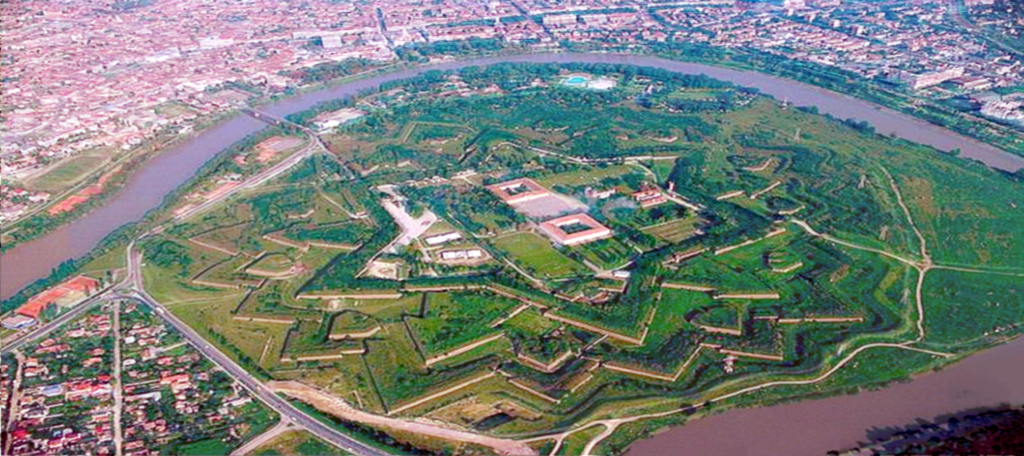Arad County

Arad County, western Romania, is bounded on the west by Hungary. The Mures and Crişul Alb rivers flow westward through the county, while the Western Carpathians, including the Zărand and Codru-Moma ranges, lie in the eastern portion. Settlements are found in the lowlands and intermontane valleys. Cereal growing, livestock raising, and vineyard and fruit cultivation are the main agricultural activities. Clover, alfalfa, and onions are other crops.